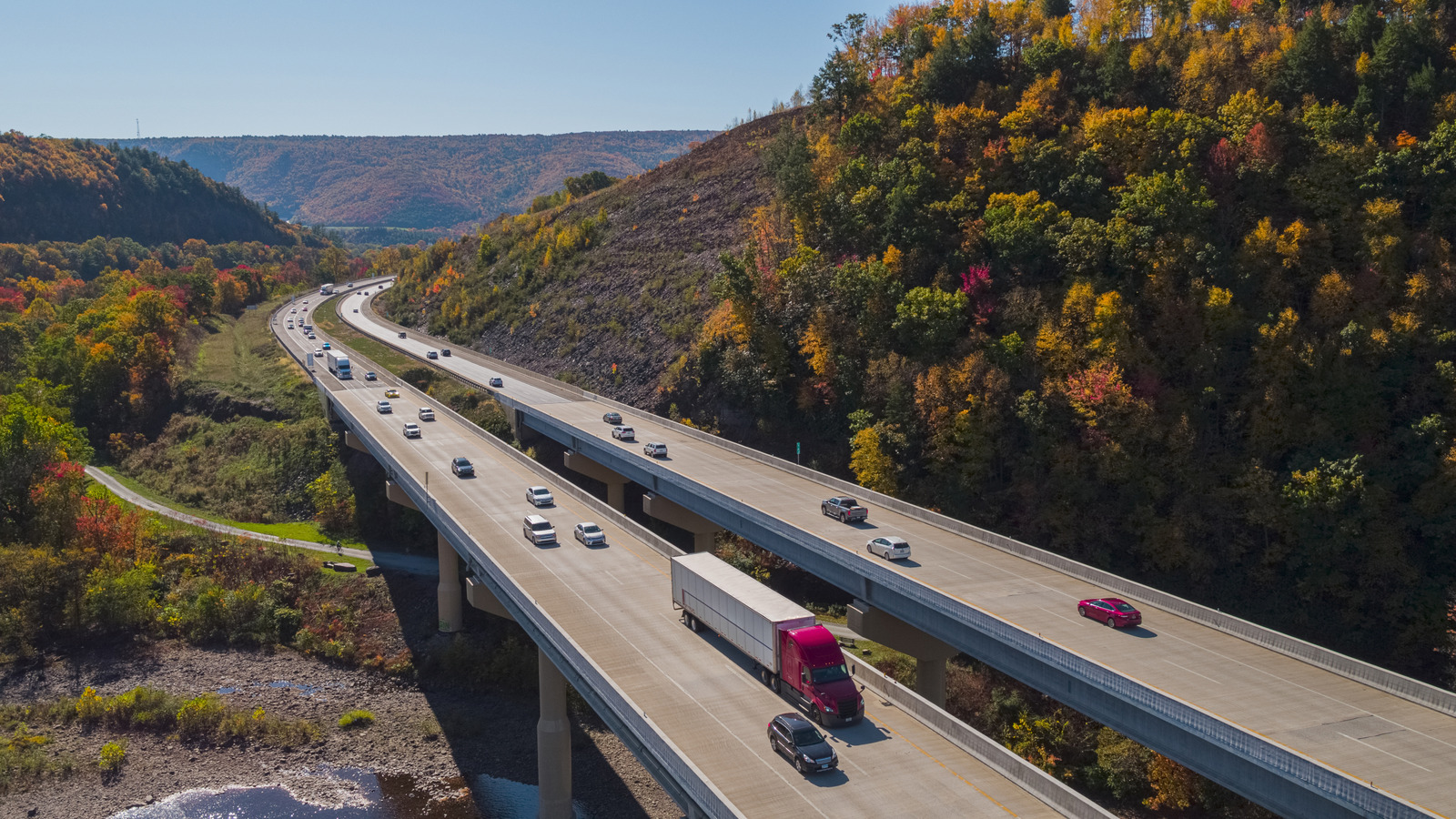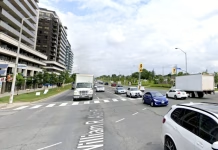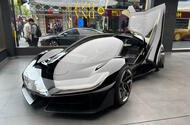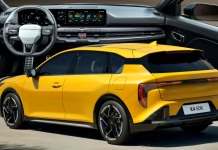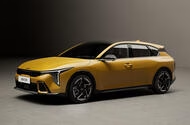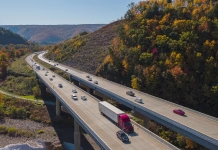Speed Cameras Spark Toronto Uproar as Vandalism Surges and Removal Debate Heats Up

Heist Mastermind Steals Thousands From Floating Disney Restaurant and Vanishes

JLR Hack Disrupts Global Production and Threatens Supply Chain Jobs
 No new Land Rover cars have been produced since 1 September cyber attack; issues affecting JLR globally
No new Land Rover cars have been produced since 1 September cyber attack; issues affecting JLR globally
Workers within the JLR supply chain are being told to apply for Universal Credit as the effects of the cyber attack on the British car maker continues well into its third week.
The claim comes from workers union Unite, which also alleges that suppliers are moving workers onto reduced or zero-hour contracts as they battle to stay afloat.
Earlier reports suggested that some suppliers “will go bust” as a result of the ongoing issues at JLR.
Unite general secretary Sharon Graham said the union has written to the UK government demanding it set up a furlough scheme to take the pressure off suppliers by supplementing workers’ pay packets while they’re unable to do their jobs.
“Workers in the JLR supply chain must not be made to pay the price for the cyber attack,” said Graham. “It is the government’s responsibility to protect jobs and industries that are a vital part of the economy.”
Graham cited a similar scheme set up on 15 September by the Scottish government to support bus maker Alexander Dennis and said “a similar scheme for workers in the JLR supply chain [should be set up] now”.
The news comes a day after JLR confirmed global car production will not restart until 24 September at the earliest, as it continues to rebuild the internal computer systems that were infiltrated by hackers on 1 September.
This has led to production shutdowns at all of JLR's global plants, created issues with parts ordering and stifled retailers.
The effect could be costing JLR up to £5 million a day, business economics professor David Bailey told Autocar last week.
Since the cyber attack, the majority of JLR’s employees have been off work.
It's understood that JLR bosses will meet with ministers today (17 September) to discuss support measures for its plant workers, although the Jaguar and Land Rover maker has yet to confirm this.
JLR suppliers 'will go bankrupt'
Recent reports have claimed that some of the firm's suppliers could go bust as a result of the shutdowns.
Former Aston Martin CEO Andy Palmer told the BBC on 12 September: “I would not be at all surprised to see bankruptcies.”
Palmer added that many suppliers will soon begin to slim their staff count as a result of the shutdown, saying: “You hold back in the first week or so of a shutdown; you bear those losses. But then you go into the second week, more information becomes available – then you cut hard. So layoffs are either already happening or are being planned."
Along with Unite, another making the call for a furlough scheme is Commons Business and Trade Committee chairman Liam Byrne.
The Labour MP said: "What began in some online systems is now rippling through the supply chain, threatening a cashflow crunch that could turn a short-term shock into long-term harm. We cannot afford to see a cornerstone of our advanced manufacturing base weakened by events beyond its control."
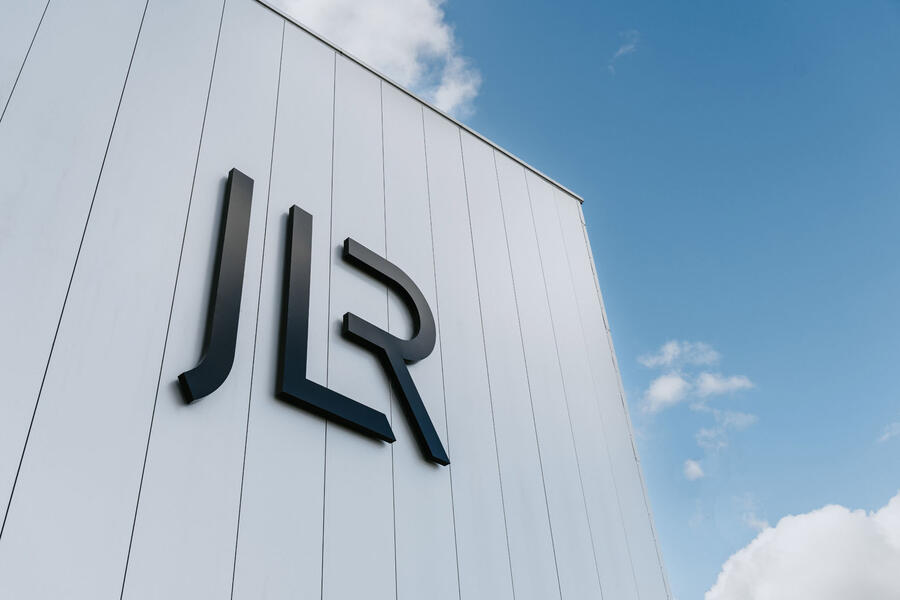
JLR hack: what happened?
Autocar first reported issues affecting JLR on 1 September, when dealers couldn't register new cars on 'new plate day' , traditionally one of the year's busiest for registrations.
In an effort to combat the hack, JLR began “shutting down our systems” on 2 September.
It's still in the process of rebuilding them and is unabel to confirm a timescale for the fix.
The hack has left the Jaguar and Land Rover maker crippled. No cars have been produced globally since, leading to millions of pounds of lost income.
The extent of the issues meant JLR brought in police and cybersecurity experts in to “restart our global applications in a controlled and safe manner”.
During this process, which included an investigation, it was discovered that "some data" was "affected", said JLR. Those affected will be contacts, said the firm.
It's not officially known what data was taken or if a ransom demand has been made, but it is thought it most likely involves customer data given the involvement of the police.
Who has claimed responsibility for JLR hack?
On 3 September, a group of hackers calling themselves Scattered Lapsus$ Hunters claimed responsibility for the attack on JLR.
This is the same group that hacked Marks & Spencer in May, causing the British retailer seven weeks of disruption and costing £300 million in lost operating profit.
It claimed to have obtained customer data after exploiting a similar flaw in JLR’s IT system. The claim was made on a Telegram messenger group, where a user linked to the hackers posted a screenshot of what appeared to show JLR's internal system.
A member of the group revealled that a well-known flaw in SAP Netweaver, third-party software used by JLR, was exploited to access the data.
The US's Cybersecurity and Infrastructure Security Agency warned about the flaw earlier this year. An update for the software was released, but whether JLR applied it is unknown.
It's also not known what data was taken or if a ransom demand has been made of JLR.
AI Car Design Faces Criticism as Mercedes Pushes for Unique Models
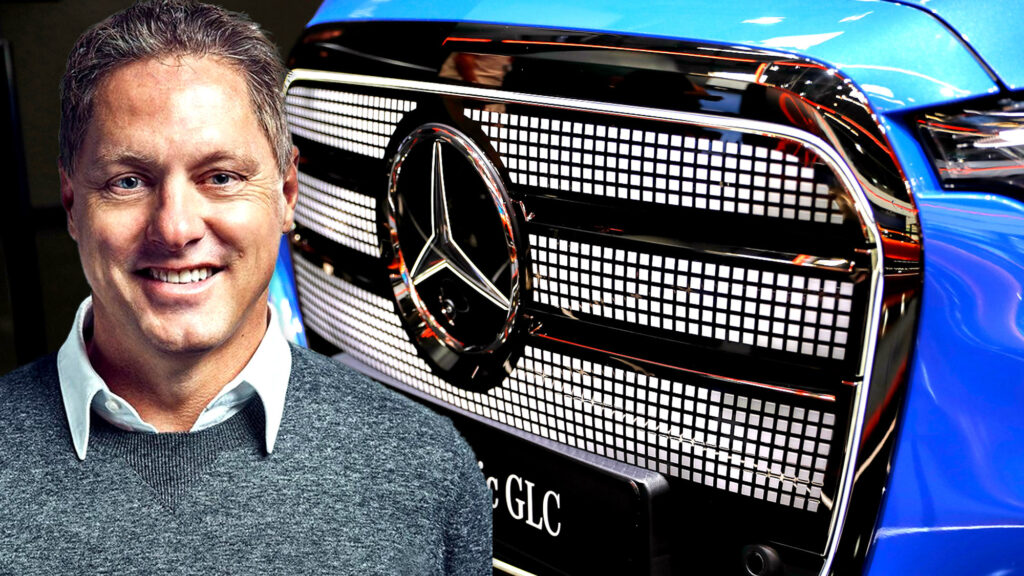
EV registrations surge as tax credit deadline approaches and Rivian starts Georgia plant
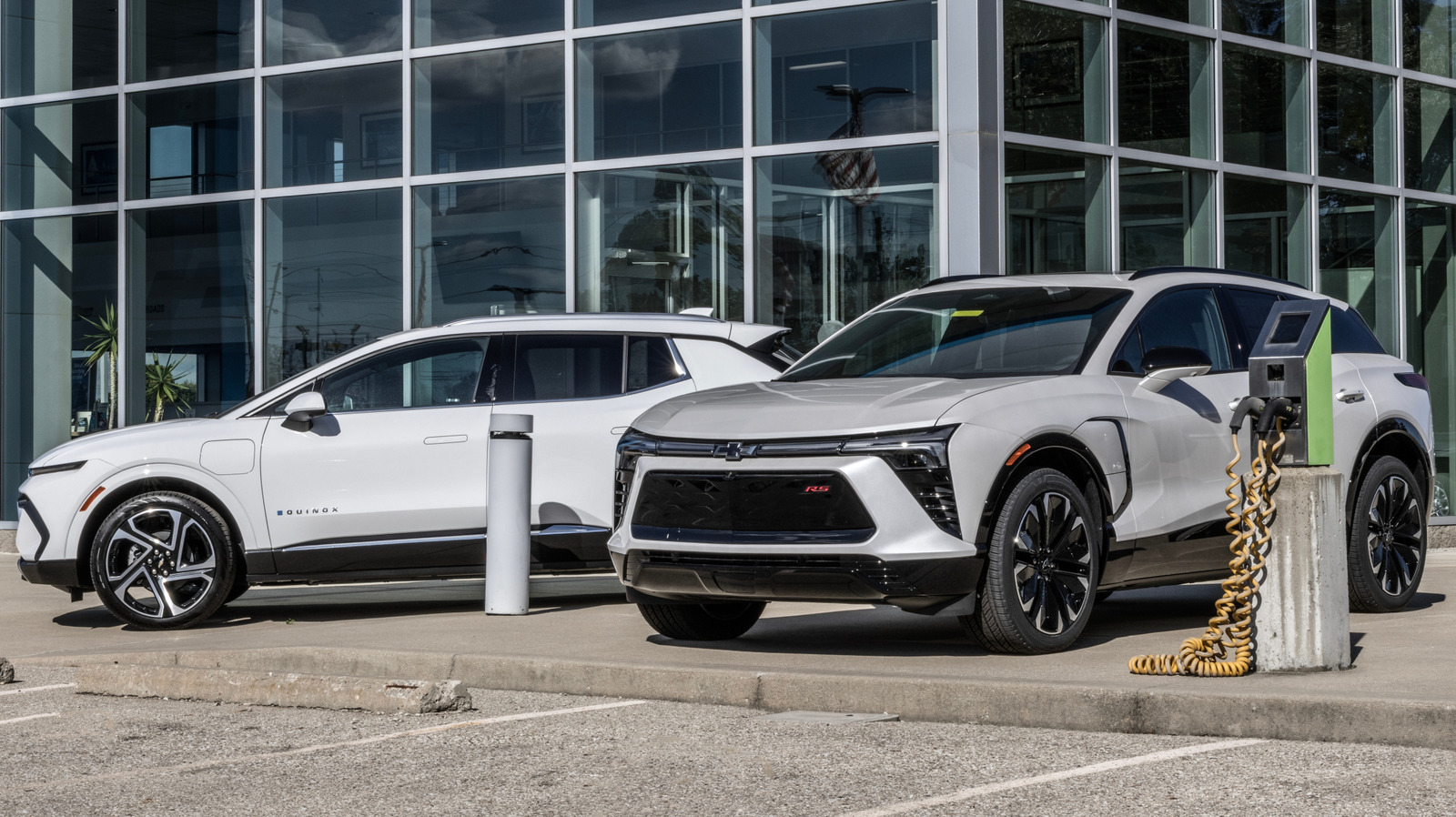
Lotus Theory 1 Concept Pushes Electric Supercar Design Closer to Reality
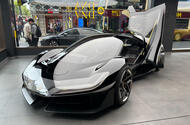 Designer says stunning three-seat electric supercar is just a wiper away from production viability
Designer says stunning three-seat electric supercar is just a wiper away from production viability
The main thing that would stop Lotus from building its radical, futuristic Theory 1 concept is its lack of a front wiper mechanism, the company’s chief designer has said.
The 986bhp, Esprit-inspired three-seater was revealed last year as a showcase of innovative new technology and next-generation design cues that Lotus was looking to bring to future cars.
The company hasn't confirmed plans to develop it into a production car, but Lotus Group vice-president of design Ben Payne said the concept is “deliberately” a realistic design proposition and its headline features and cues are “well within the realms of reality”.
Speaking to Autocar at a new exhibition celebrating Lotus’s design DNA at the brand’s flagship showroom in Mayfair, Payne described the Theory 1 as a “scalable timeline of innovation” featuring barely any elements that make it unviable for production.
"There are things on this car which we are able to do now,” he said. “To actually put that car in its entirety into production is a bit of a stretch, but it informs the future."
He highlighted that the electric supercar’s dimensions are roughly on a par with the existing Evija hypercar – “so there's nothing here that goes beyond the normal dimensions of a production vehicle” – and said many of its radical technologies are simply new interpretations or evolutions of systems that exist in production cars already.
The ultra-lightweight AP Racing carbon-ceramic brake discs and cast aluminium calipers, for example, are simply “one generation on” from those that feature on the Evija; the super-sticky Pirelli P-Zero Elect tyres are now fitted to other production cars; and the recycled carbonfibre bodywork “can be done today; it's just down to customer demand and whether people want to engage in it”.
The highly advanced digital technology showcased in the Theory 1, meanwhile, is already in production elsewhere, “we’ve just never shown it on a sports car”. Examples include the projected head-up displays, which are “becoming more commonplace” and the electric rear-view mirrors, which are taken from the Emeya saloon, “so that’s not pushing it”.

Even the three-seat cabin and revolutionary ‘grasshopper’ dihedral door system have been conceived with an eye on real-world usability, Payne explained, and the outlandish wedge-shaped silhouette and air-channeling bodywork don't come at the expense of practicality, with a small boot included behind the seats.
Asked if the Theory 1 was designed with real-world viability in mind, Payne said: "Deliberately. The wheel and tire package is directly taken from the Evija, so there's nothing outlandish in terms of how that comes together. It's a next-gen production braking system on it, but the tyre size and the wheel size is exactly what they have on the Evija. So nothing crazy."
There are only a few small obstacles in the way of Lotus being able homologate the Theory 1, Payne added.
“To be quite open and honest about it, the major challenge with this is that there's no wiper system on the car, so it would need a reconfiguration of the cowl area, move the screen back a little bit and fit a wiper for legal usage.
“But the electronic rear view mirrors and lighting systems, it's all It's next-gen thinking, basically. We've deliberately given it tangibility and credibility."
Despite its relative viability, however, Lotus has no immediate plans to build a production version of the Theory 1, as its immediate focus is on driving sales of its 'lifestyle' Eletre and Emeya EVs and restoring the company to a position of financial stability.
Payne said: "It's a showcase at this point in time about what the future is, but a core focus for the company is to reassert the brand values and now look at our evolving situation, what we're able to do, what we can do and what the market wants.
"The focus for us is to drive a bit more volume and provide a sustainable business in terms of financials. This type of car is possibly not the best way to do that.
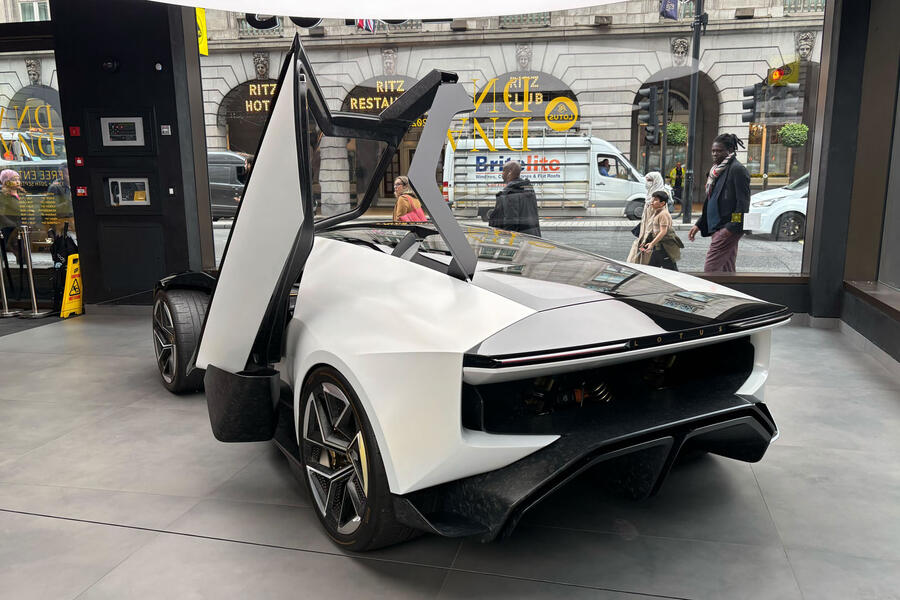
“We're looking at how to lower the price points and to get more people into our products; that would be the next step. But this serves as a bit of a North Star in many, many ways."
In its conception as a technology and design showcase that will influence future production cars, the Theory 1 is similar to a long-forgotten Lotus prototype from the early 1990s known as the SID.
Named for its focus on "structure, isolation and dynamics", the Esprit-bodied, Metro 6R4-engined SID mule was developed by Lotus Engineering in 1992 to test chassis systems that were highly advanced for the time, including four-wheel-drive, four-wheel steering and active suspension.
Engineers were able to program the SID’s dynamic characteristics using a laptop and its trick suspension meant it could allegedly corner with almost no body roll. It could even lean into corners like a motorbike.
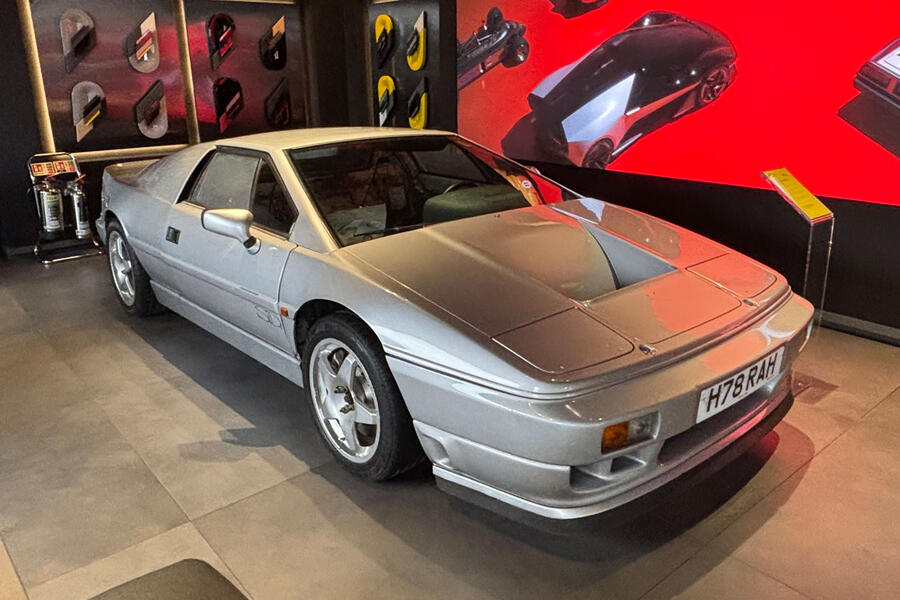
Payne said this lesser-known test mule played no small role in developing once-radical technology that would one day make it into production cars and suggested that, in this sense, the Theory 1 is its spiritual successor.
“It allowed them to separate steering from suspension and dynamics and play with all the different systems on a vehicle. Cars today have an awful lot of active systems on them; it was done an awfully long time ago."
Kia K4 Arrives in Europe to Challenge Golf With Bold Style and Surprising Space
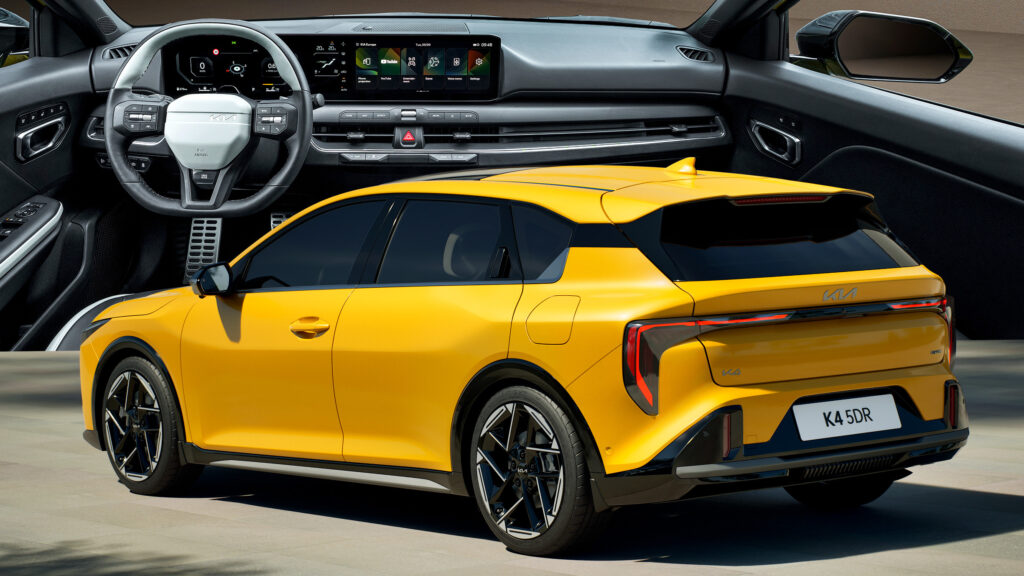
Kia K4 Hatchback Launches in UK with Turbo Power and Modern Tech for 2025
 Indirect Ceed replacement brings up to 178bhp and a manual gearbox option
Indirect Ceed replacement brings up to 178bhp and a manual gearbox option
Kia has confirmed it will bring the striking K4 hatchback to the UK to fill the gap left by the axed Ceed.
As first reported by Autocar, Kia's Volkswagen Golf rival will arrive in showrooms by the end of this year.
It will initially be offered with a choice of turbocharged 1.0-litre and 1.6-litre petrol engines, with an additional hybrid powertrain due next year. The entry-level unit produces 113bhp and can be paired with either a six-speed manual or seven-speed dual-clutch automatic gearbox.
The 1.6-litre unit, offered with either 148bhp or 178bhp, will be paired exclusively with the seven-speed auto.
Inside, the K4 draws heavily on the electric Kia EV4, with a large dashboard-mounted display that integrates two 12.3in screens – one for instrumentation and the other for the infotainment system – into one panel.
Wireless Apple CarPlay and Android Auto smartphone connectivity are included as standard and there are physical switches for key functions, such as the climate control temperature and fan speed, audio volume and hazard lights.
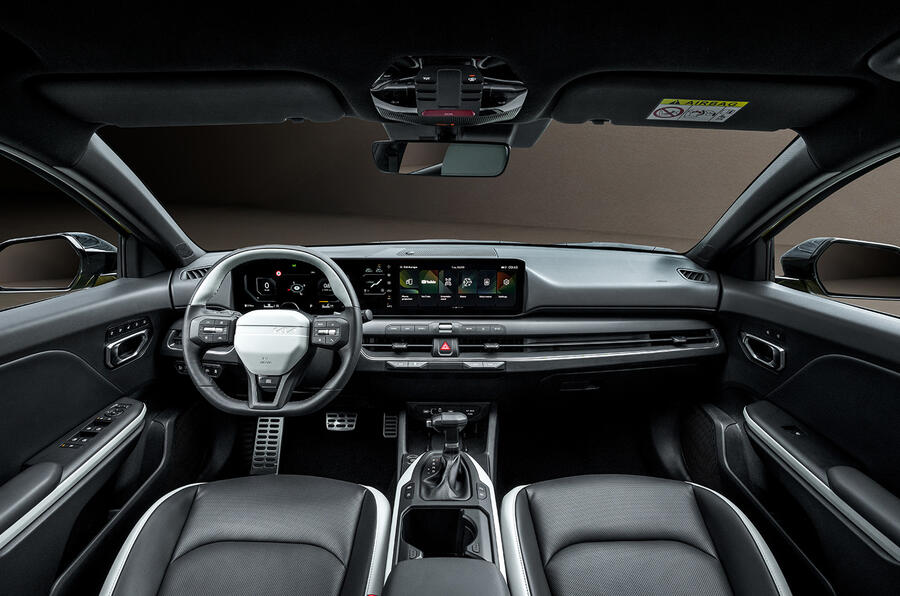
Kia claims the K4 majors on practicality, having been designed to maximise rear legroom and with a high roofline for generous head room. Boot space measures 438 litres.
Prices have yet to be confirmed, but the Xceed crossover – the last surviving variant of the Ceed – costs £25,165, while the rival Volkswagen Golf starts at £28,150. The entry-level K4 is expected to sit somewhere between the two.
Whereas the Ceed was built in Slovakia, the K4 will be built in Mexico. This is because the new EV4 hatchback has already taken the Ceed's place at the Žilina plant.
The K4 saloon that's offered in the US isn't likely to make it to the UK or Europe, given dwindling demand for the body shape. However, an extended estate version has previously been spotted testing in Germany, suggesting a rival for the Toyota Corolla, Vauxhall Astra and Peugeot 308 estates could be on the cards.
Nonetheless, the arrival of the K4 hatchback represents Kia redoubling its efforts in the C-segment as it chases market share given up by rivals such as Ford, which will end production of the Focus in November.
Ted Lee, Kia’s executive vice-president, told Autocar earlier this year that there was still “big volume” for such models in Europe.
Leapmotor B10 Targets Europe with Local Production to Dodge Tariffs
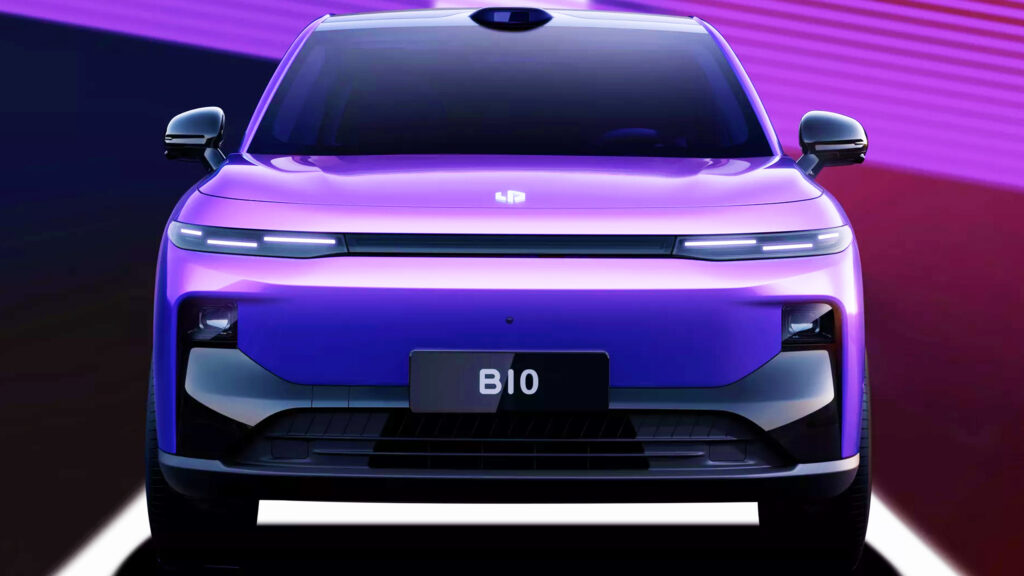
Cruise Control and Fuel Consumption What You Need to Know
